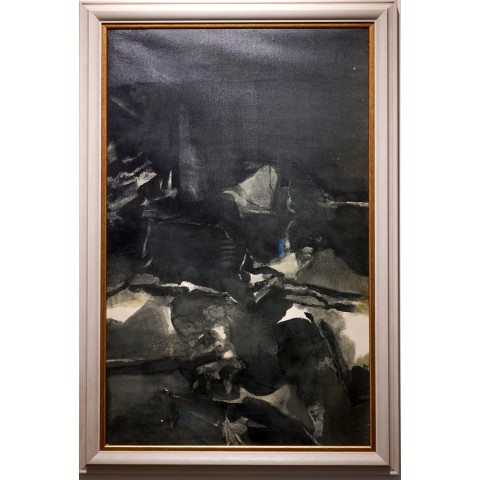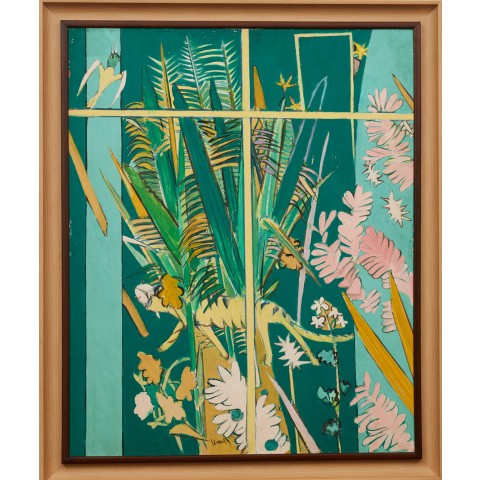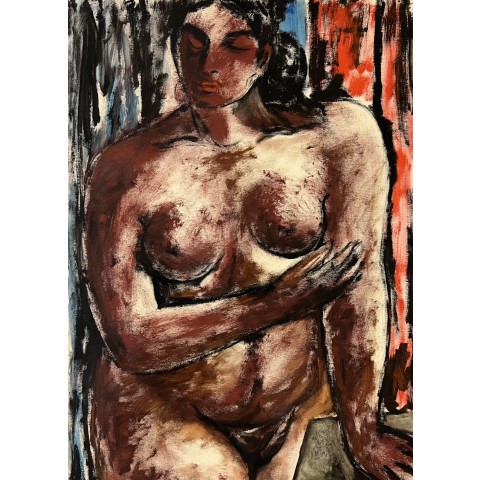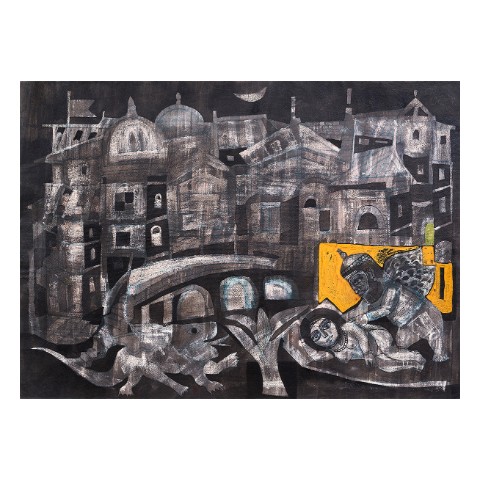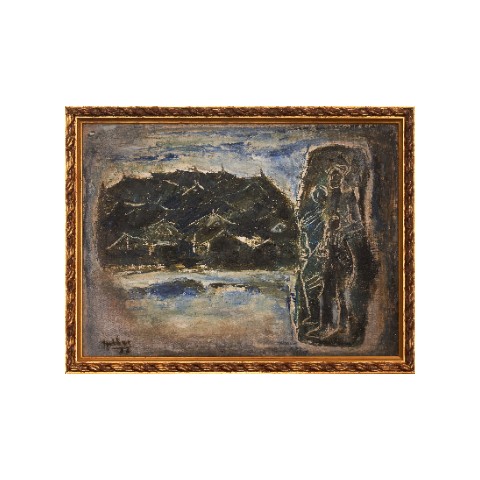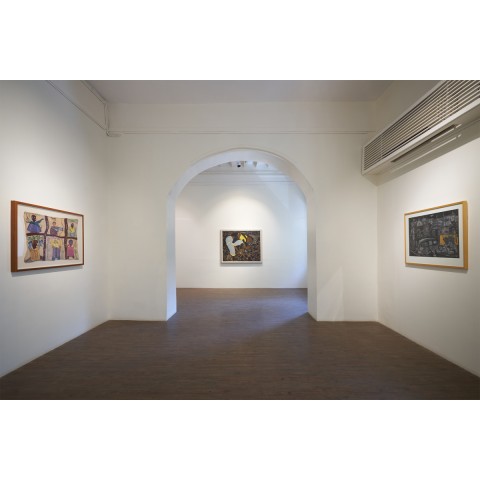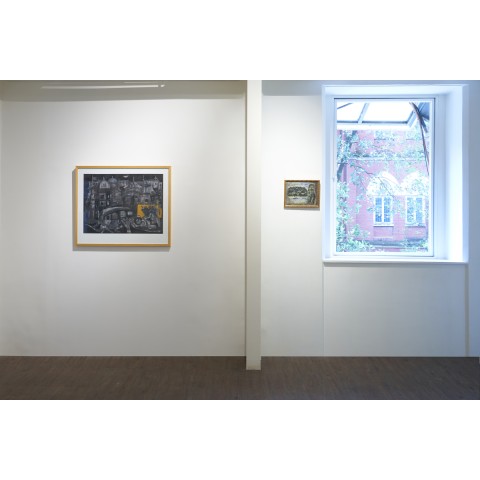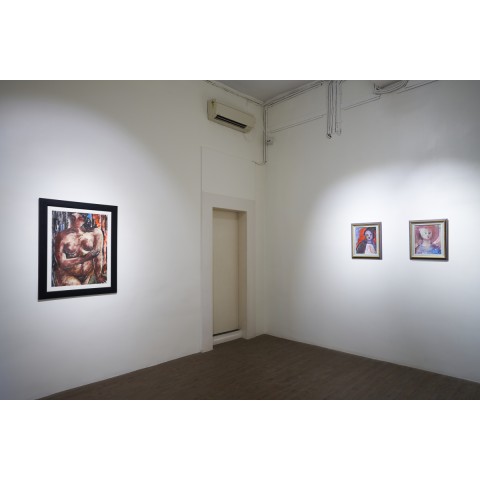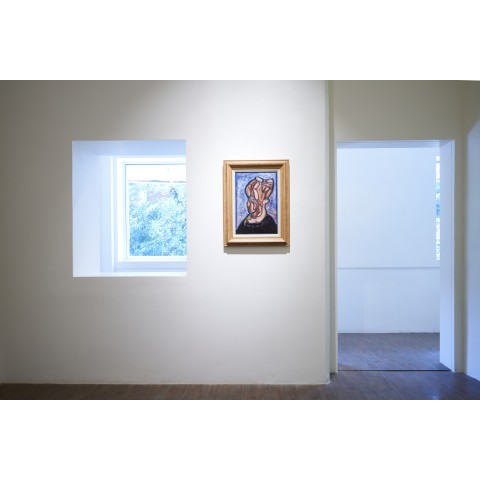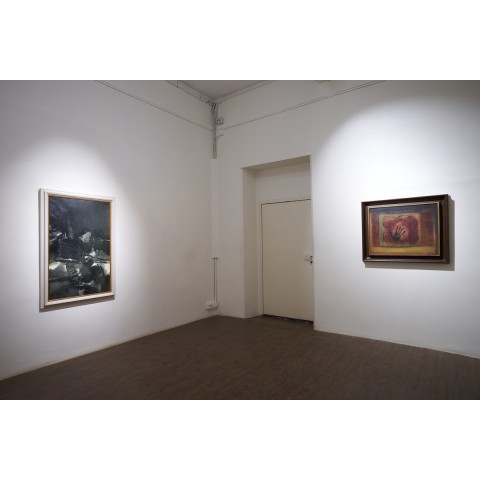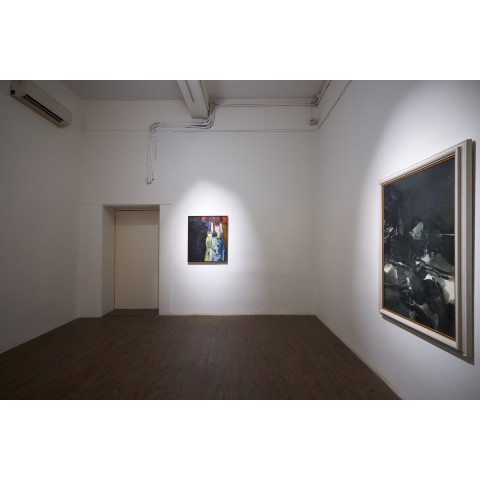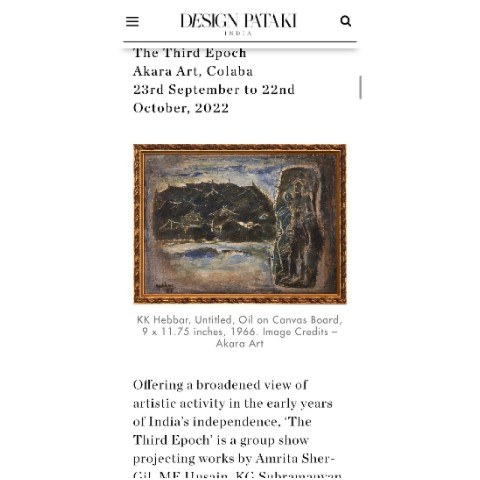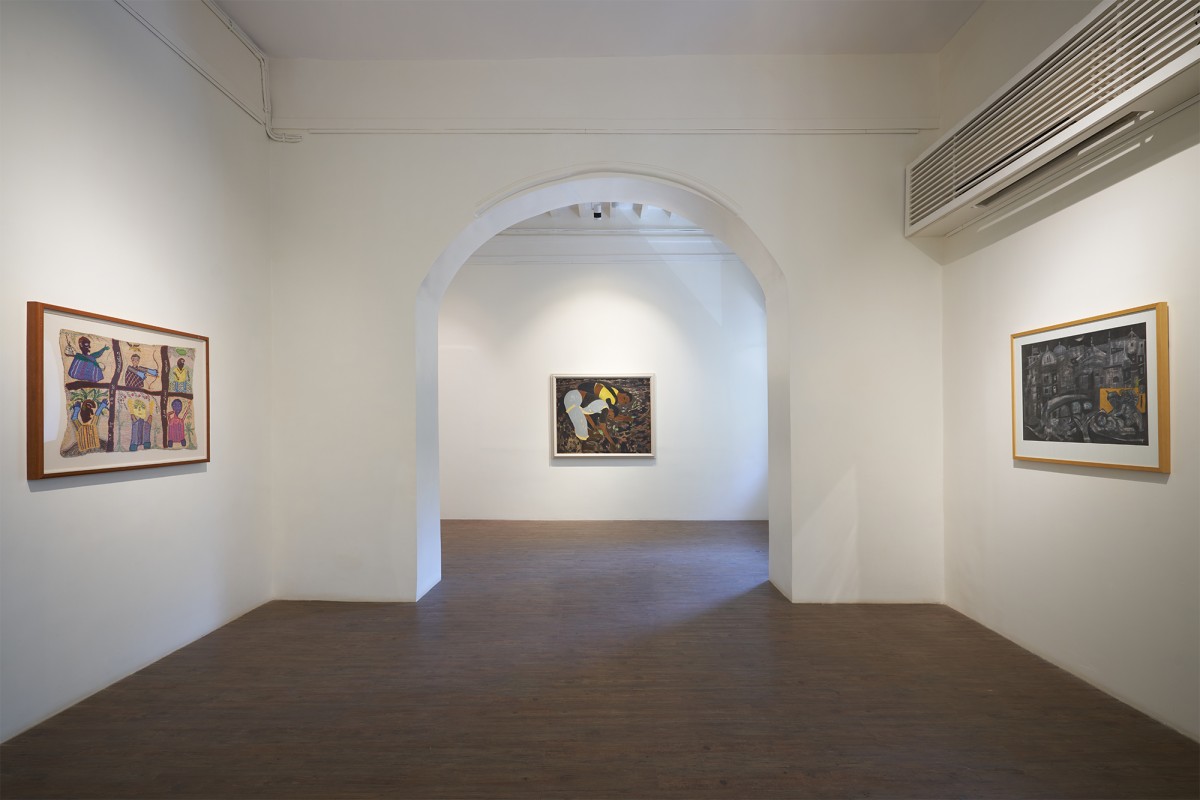
THE THIRD EPOCH
September 23 - October 22 , 2022
This exhibition of paintings by artists
born in the 1910s and 1920s promotes a broadened view of art in the early years
of India’s independence. Our perspective of the period is presently dominated
by the Bombay Progressives and their colleagues, specifically six individual
painters: MF Husain, FN Souza, SH Raza, Tyeb Mehta, Akbar Padamsee and VS
Gaitonde. Their sway is as visible in auction house catalogues as in art
historical books such as the massive newly published volume 20th
Century Indian Art edited by Partha Mitter, Parul Dave Mukherjee, and Rakhee
Balaram. While these six painters richly deserve the recognition they have
received, it is time to open up the canon by reassessing their peers.
A starting point for such a venture would
be to consider how differently artists active in those years interpreted their
own creative environment. This approach
was suggested a decade ago by Mortimer Chatterjee in his analysis of the art
collection of the Tata Institute of Fundamental Research. Chatterjee quoted from
an essay published in Lalit Kala
Contemporary, 1965, by the artist-critic Badri Narayan, who defined the
years after independence as a ‘Third
Epoch’ in modern Indian art. Narayan mentioned twenty “significant painters”
whom he considered leaders of this new era, “Hebbar, Husain, Bendre, Souza,
Padamsee, Gade, Subramanian, Ram Kumar, Sankho Chowdhuri, Davierwalla, Raman
Patel, Chavda, Raza, Gaitonde, Ara, Samant, P.T. Reddy, K.S. Kulkarni, Satish
Gujral, [and] Chintamoni Kar”. The diversity evident in the list demonstrates that
the dominance of the Progressives as a group was a later invention rather than
something recognisable in its time.
According to Narayan, the First Epoch was
the Bengal School led by Abanindranath Tagore which broke away from academic
realism, the Second consisted of “independent and stylistically divergent”
painters like Amrita Sher Gil and Jamini Roy, and the Third was formed by artists
coming to prominence after independence who were united in “accepting contemporaneous
modes of expression from Europe” side by side with their own heritage. (I would
tweak that formulation a little, categorising the Second Epoch as a turn
towards traditional and folk art executed in Kala Bhavana, Santiniketan under
the tutelage of Nandalal Bose, but that dispute does not relate to the present
display.)
Taking its title and cue from Badri
Narayan, who is himself included in the show, Third Epoch brings together a collection of artists born in the
1910s or 1920s whose adoption of a consciously international style
distinguished them from an artist community that remained attached to
colonial-era art movements. By removing the overhang of the Progressive Artists
Group and placing some of its leading artists within a wider framework, the
exhibition attempts to trigger a renewed conversation about historical
affinities and encourage alternative readings of this tremendously innovative
and productive era in Indian art.
Text By Girish Shahane
